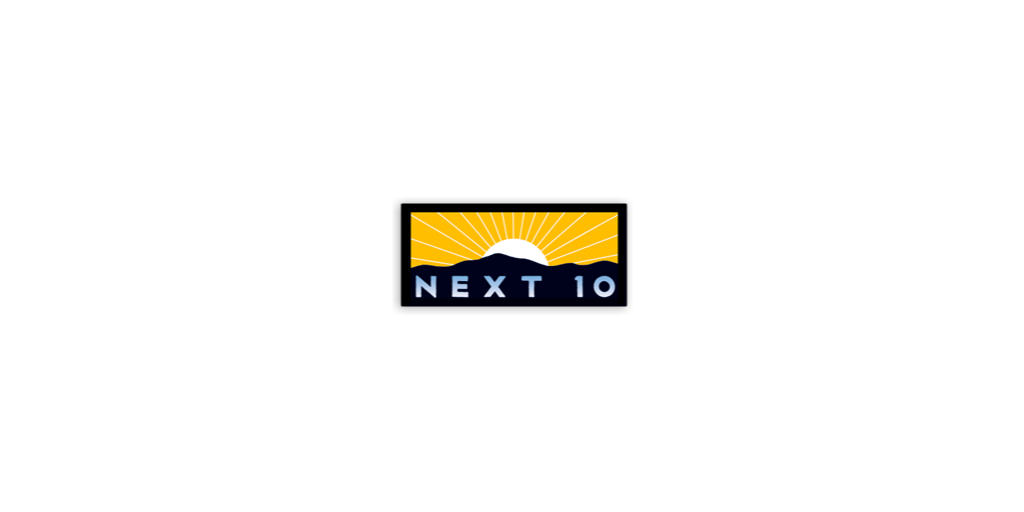In an otherwise down market staring at a slow recovery in 2023, only India stands apart from the rest of the world in terms of aluminum production and consumption. Indeed, the government’s push for new infrastructure, especially for green energy, continues to drive domestic consumption and overall stability for aluminum prices.
The country is already the second-biggest aluminum producer and also the third-largest consumer in the world. However, many industry analysts predict India’s aluminum appetite will double within the next decade. This could impact both the short-term and long-term aluminum price projections, as indicated on MetalMiner Insights.
Experts remain firm that slowing global growth, including in China, will lower demand and pull down aluminum prices. In fact, many believe the LME aluminum spot price may drop by as much as 13% year-on-year in 2023. This would put prices at about U.S. $2365 per ton. But in India, there are no such apprehensions.
India’s Aluminum Consumption Driven by Infrastructure Investment
A report filed by news agency Reuters quoted a Hindalco executive, Nilesh Kaul, as saying that, after China, it was now India’s turn to push up metals consumption. Today, India’s per capita aluminum consumption is hovering around 3 kg. This compares to China’s astounding 31.7 kgs, and about 12 kgs for the rest of the world. However, Kaul said demand for the “green” metal in India could touch about 9 million metric tons by 2033. This would represent a significant uptick from today’s 4.5 million. Meanwhile, India contributes just about 5% to the total global aluminum output.
India’s government has emphasized infrastructure, mainly through schemes like “Make in India.” All of this is likely to increase the demand for aluminum from sectors like power and construction.

After Russia’s invasion of Ukraine and the COVID-19 pandemic, the global aluminum market, especially in China and Europe, has started to lag. On the other hand, India had begun to see an aluminum turnaround with huge domestic projects like the “Vande Bharat’ trains, metro rail development, the 100% electrification drive, and an increased capacity for green power generation.
In fact, many experts in India believe that this heightened demand for aluminum would get impetus from the transportation industry because of a shift to “green energy” in public and private transportation. After all, electric vehicles continue to slowly replace fossil fuel vehicles across the subcontinent, the price points of which are covered monthly in MetalMiner’s free Monthly Metals Index. This will significantly increase the intake of aluminum for making lighter vehicles. Meanwhile, almost everything else connected with the growth in the Indian economy, such as urbanization, housing, public infrastructure, etc., will increase aluminum consumption as India transitions from a growing to a major world economy.
Bauxite Reserves Could Also Affect Local Aluminum Prices
A couple of weeks back, well-known ratings agency ICRA released a report projecting a 9% increase in India’s aluminum demand over the next two fiscal years. According to its analysis, this growth will surpass the global rate of aluminum demand expansion.

ICRA identified the automotive sector as a significant driver of India’s aluminum consumption, with a consistent demand expected over the upcoming fiscal years. As stated, this is largely due to consumers moving on to electric vehicles.
In fact, in the downstream, India’s aluminum exports have also increased for the last few years. Meanwhile, the country ranks seventh in the world in terms of reserves for raw material bauxite. Recently, the government set up the National Mineral Exploration Trust to push aluminum production and help make the required volume of raw materials available to its industries. India also sits on a vast reserve of bauxite on its east coast, which remains unexploited thus far.
Concerned about aluminum prices rapidly changing with geopolitical shifts? Subscribe to MetalMiner’s free weekly newsletter and get weekly updates on global commodity markets.




